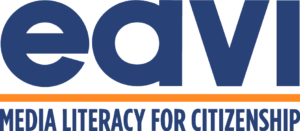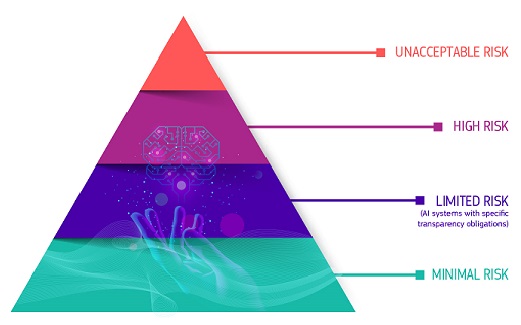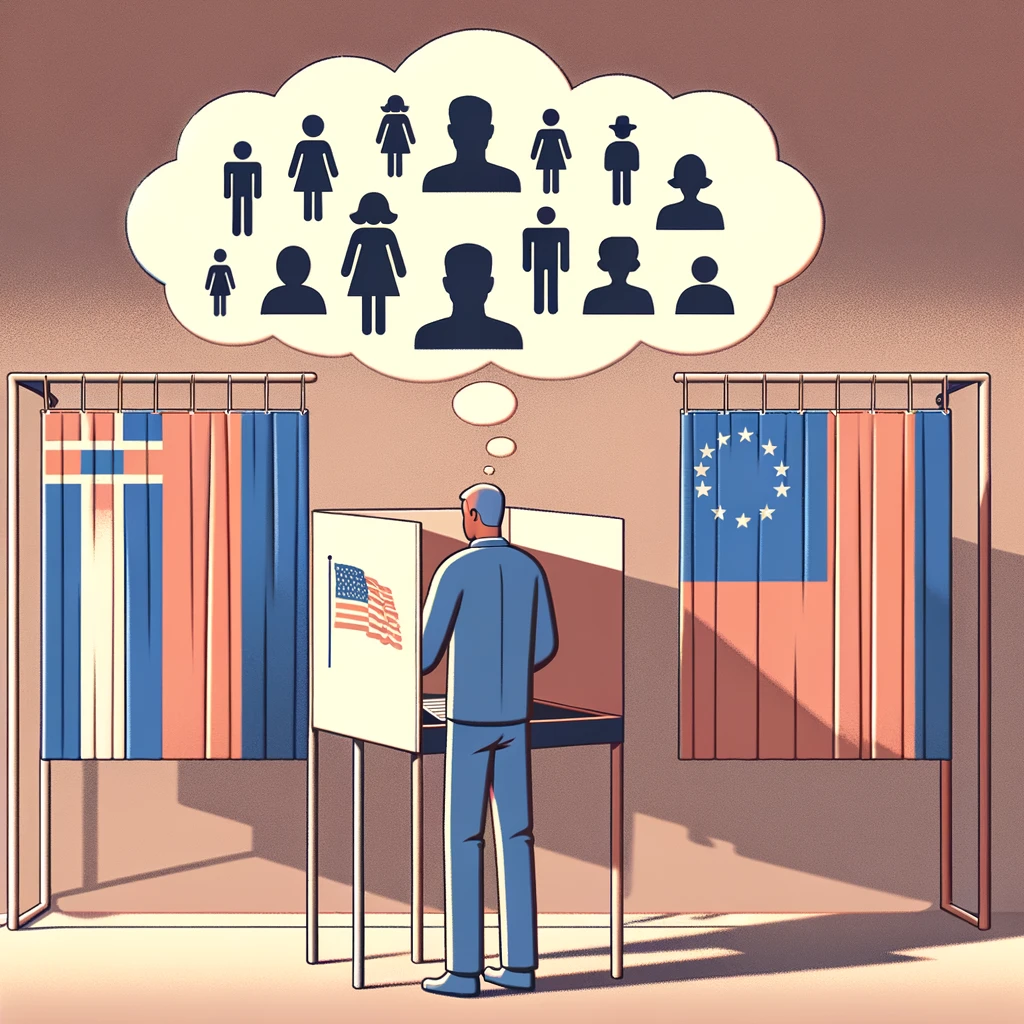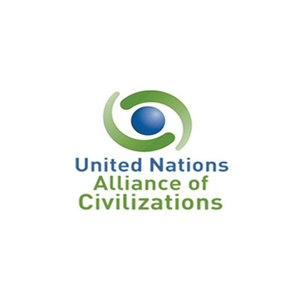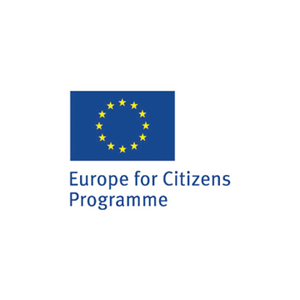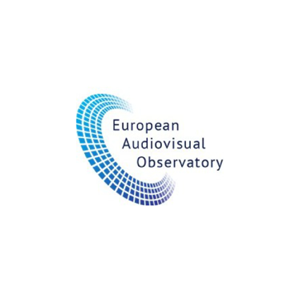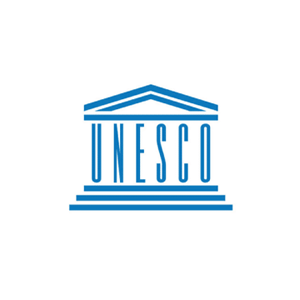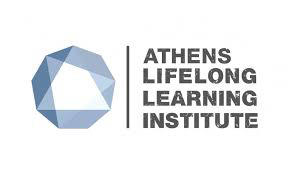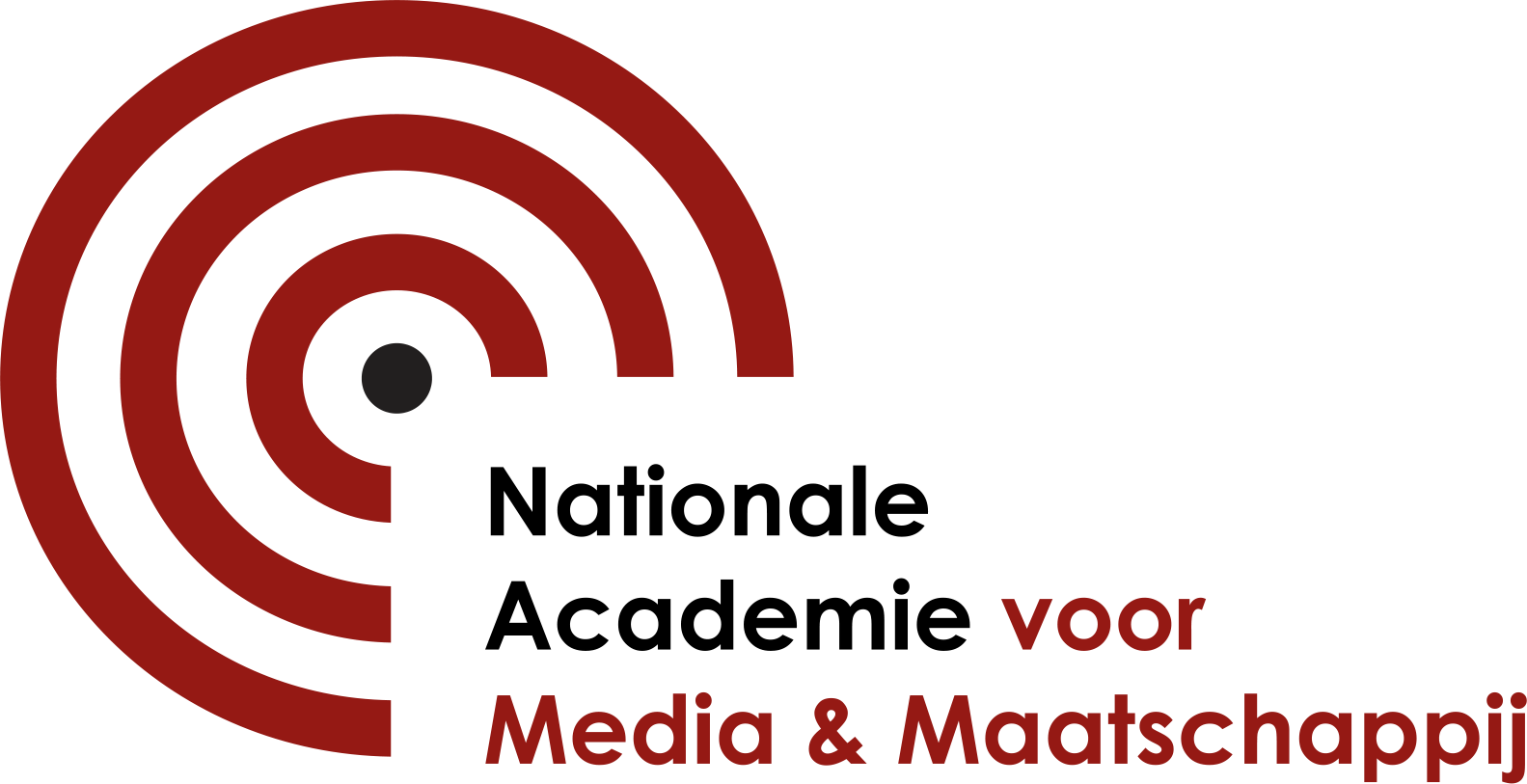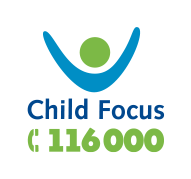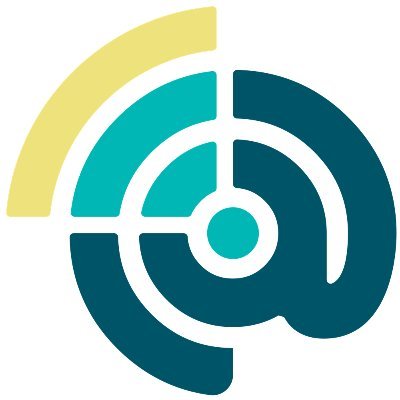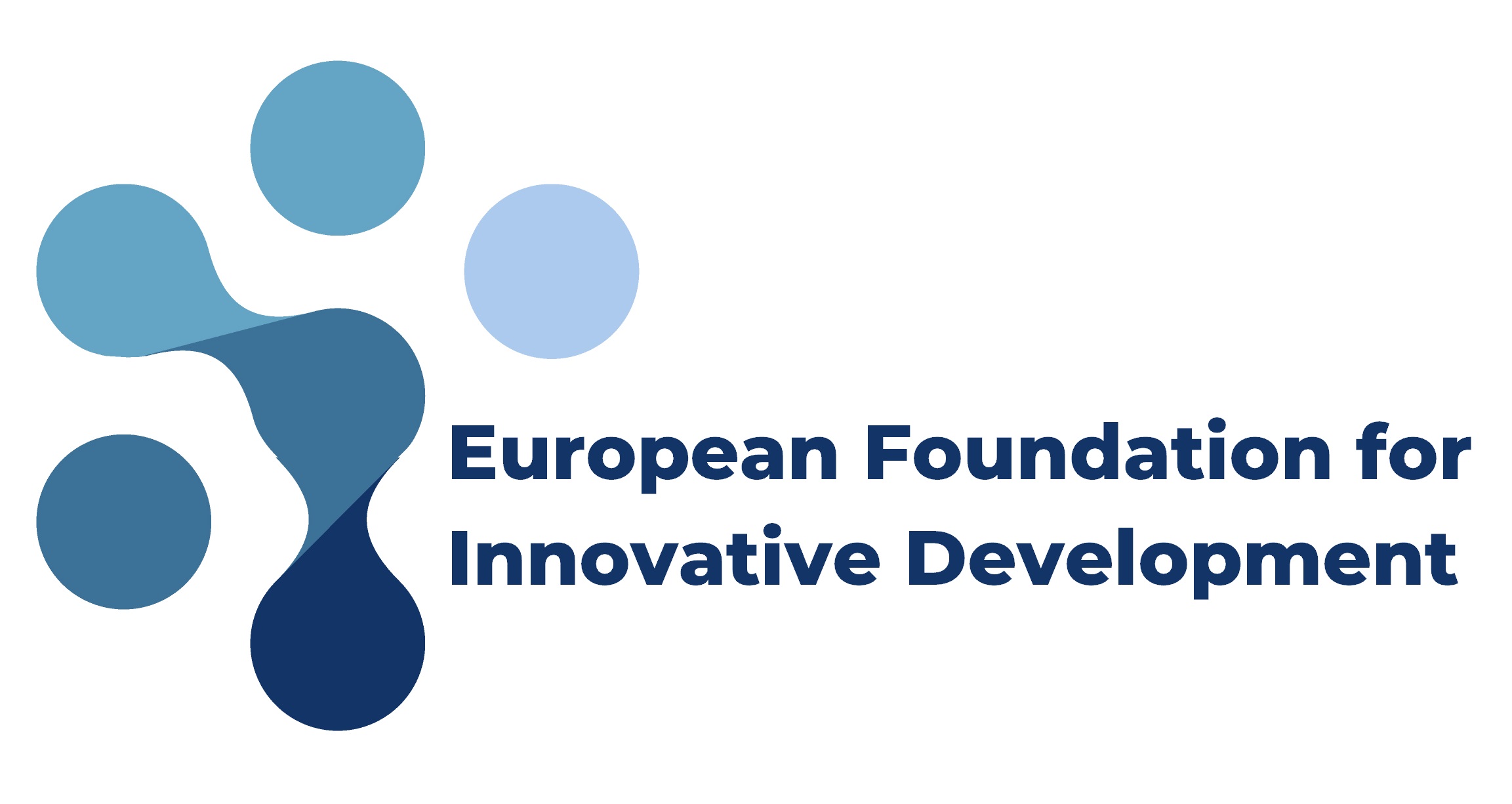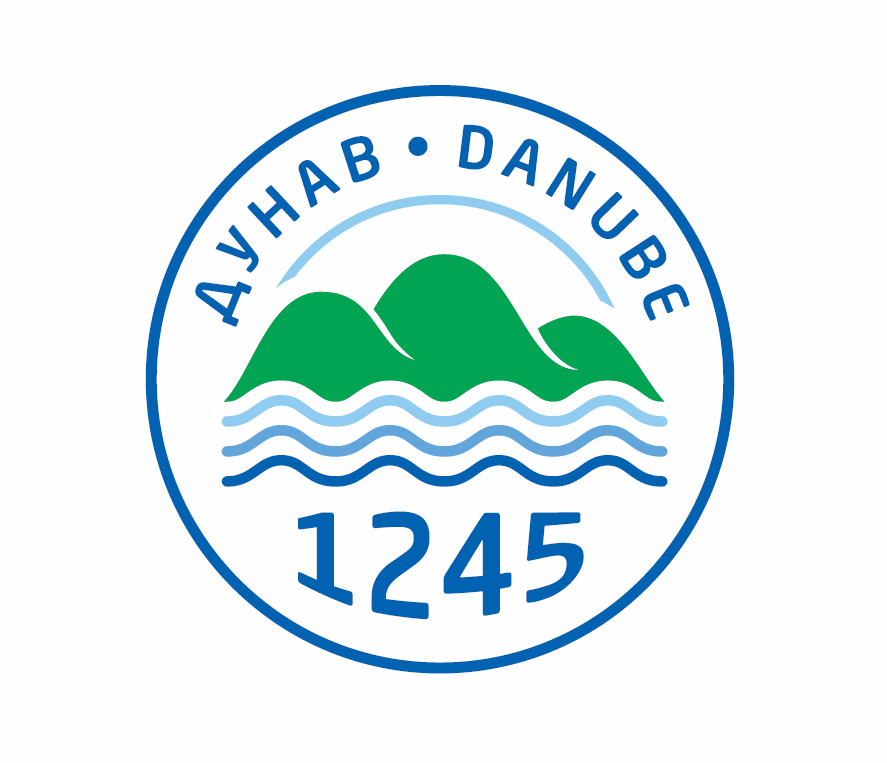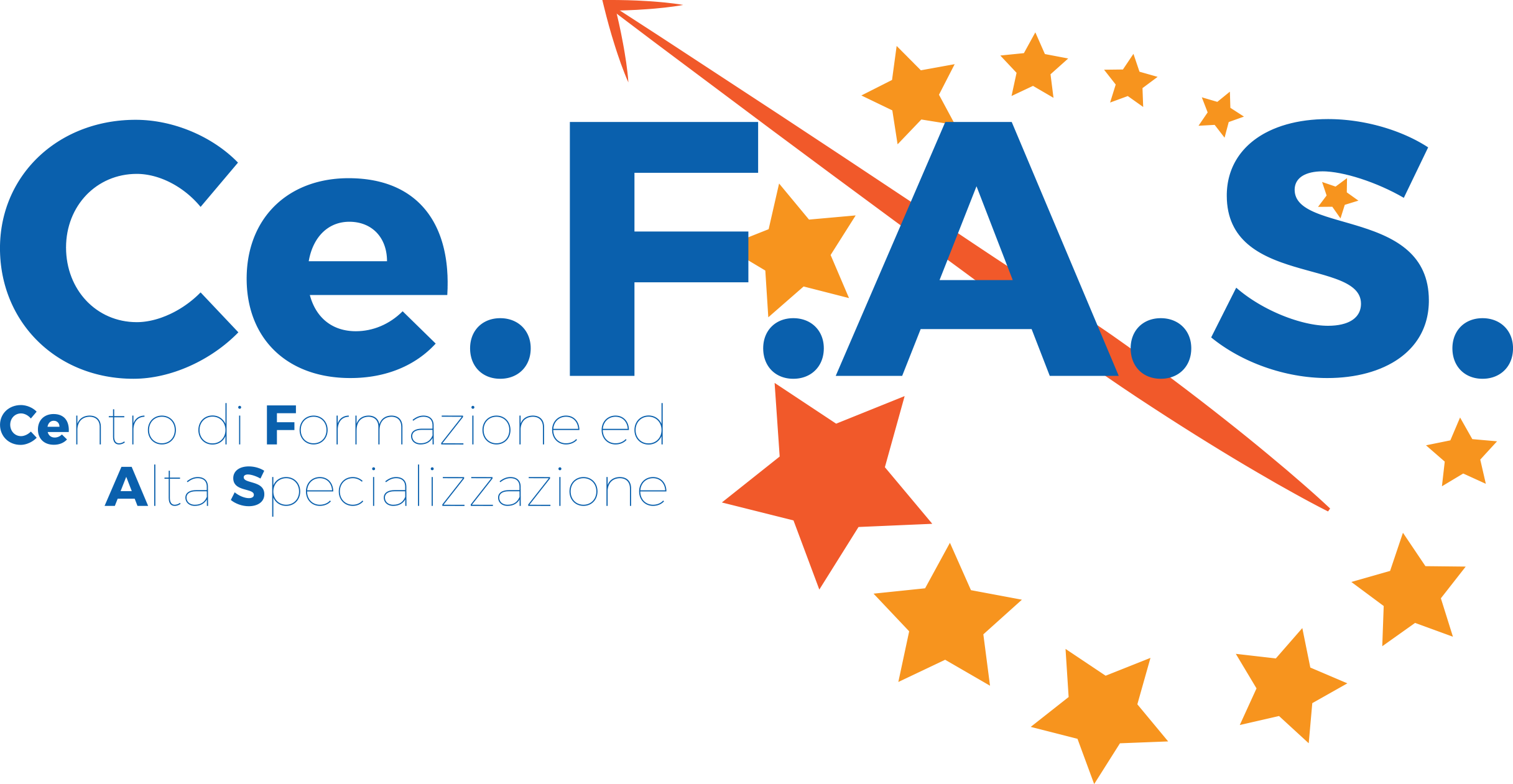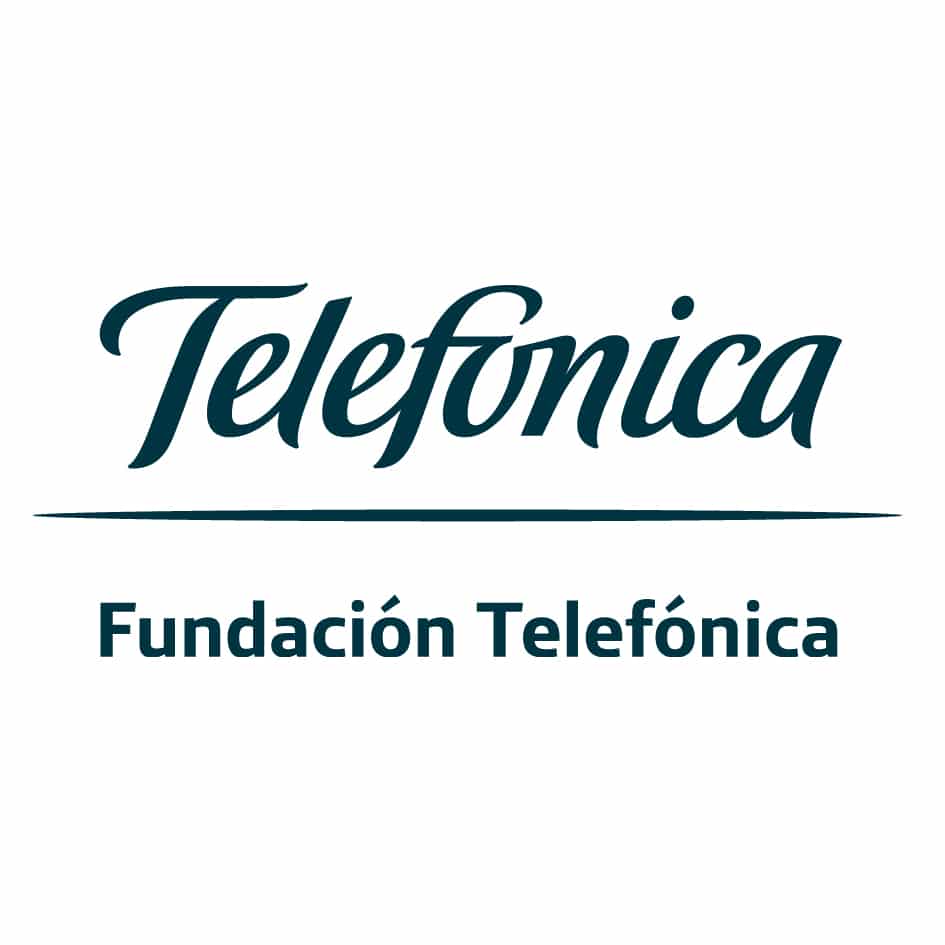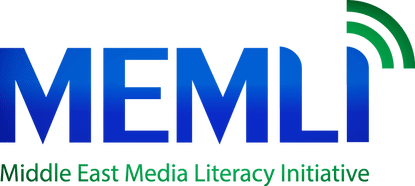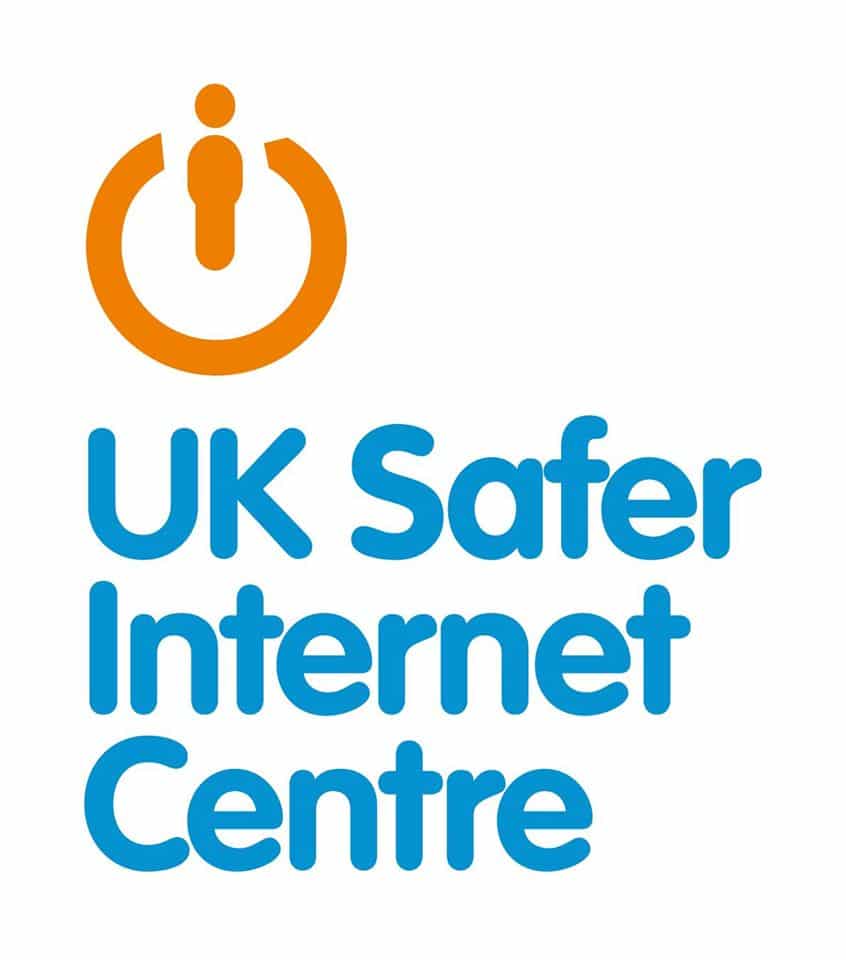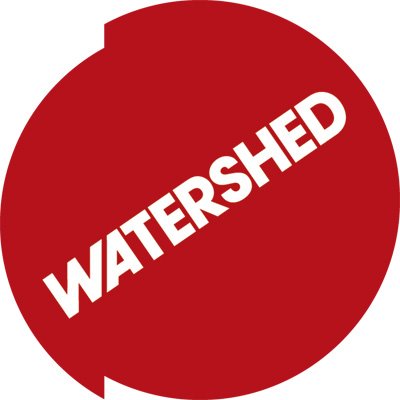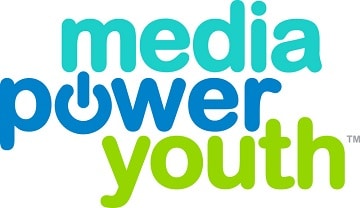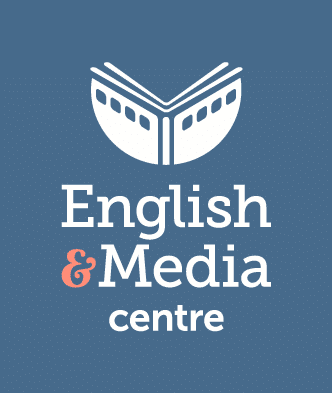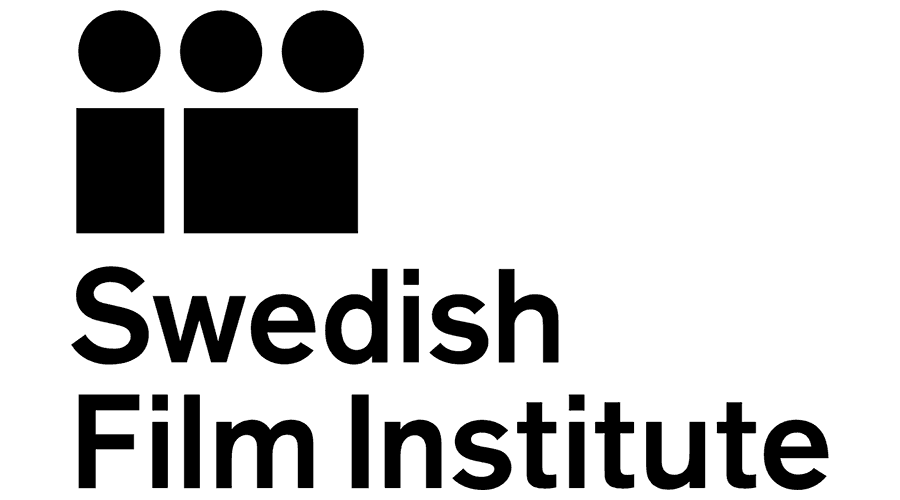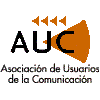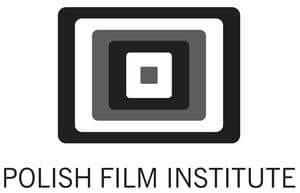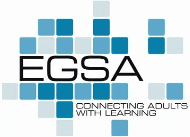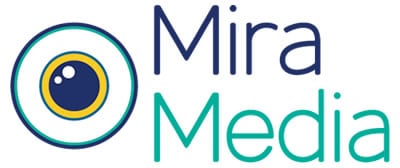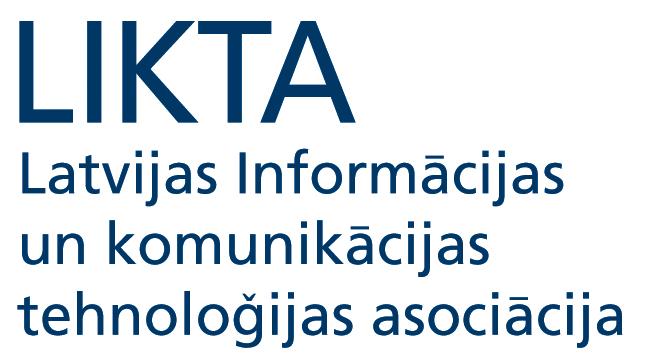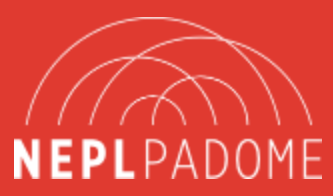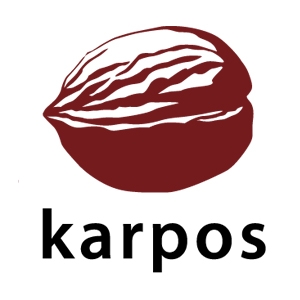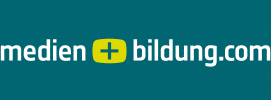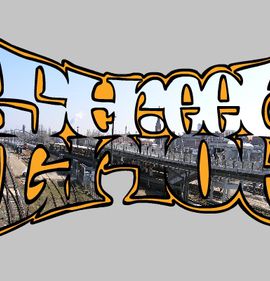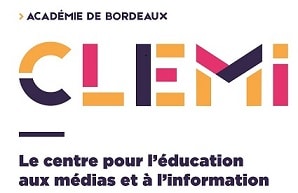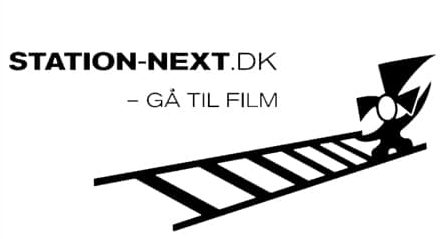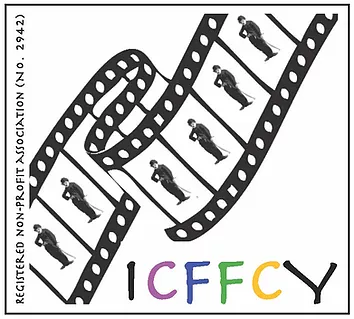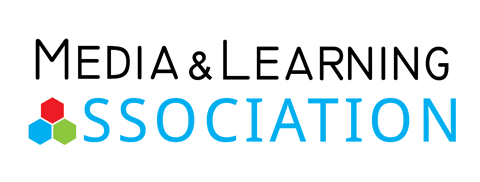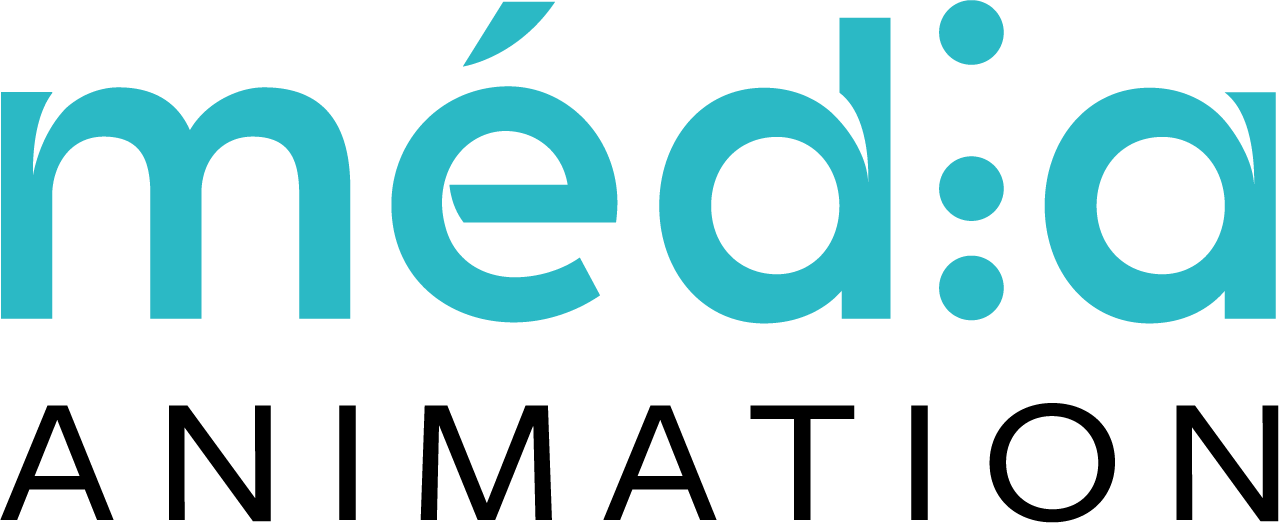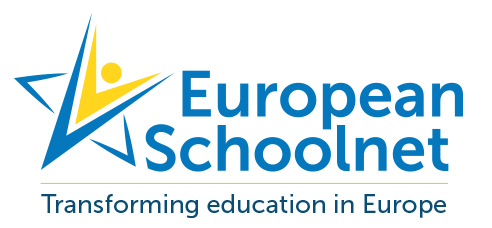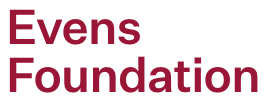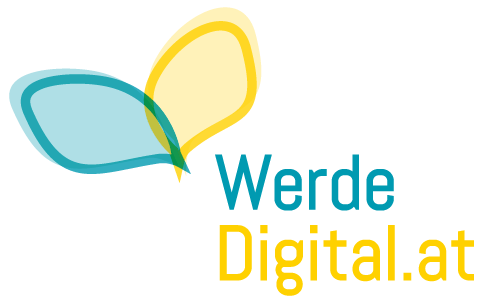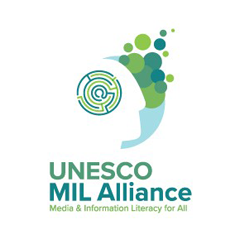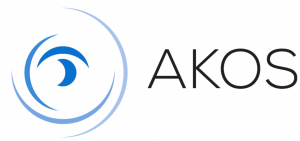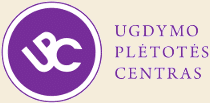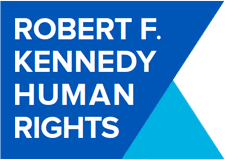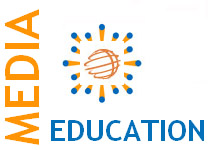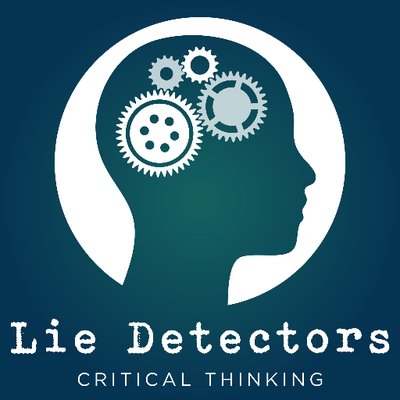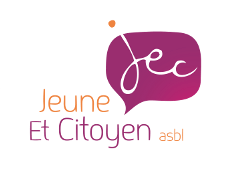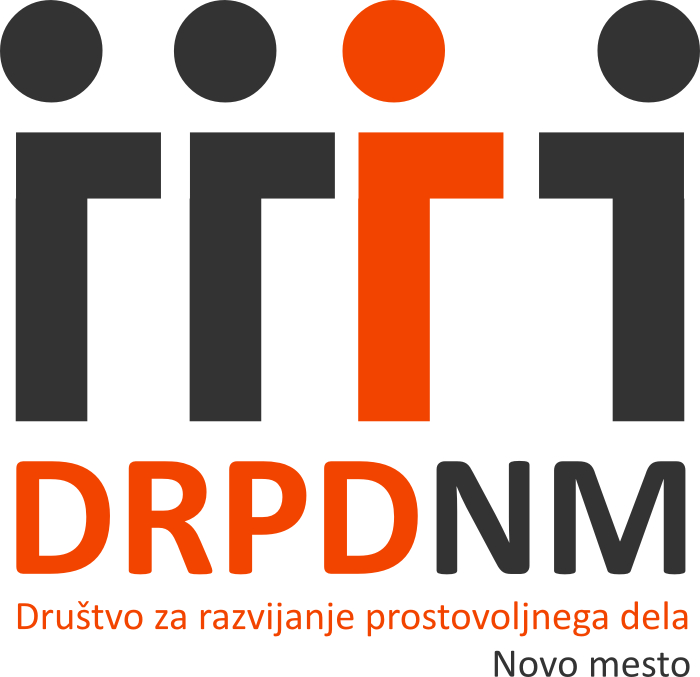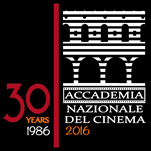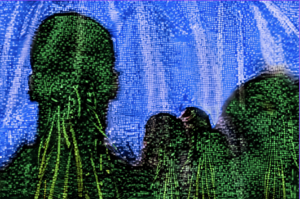
Written by Prof. Tapio Varis, President of the EAVI Advisory Committee
Abstract: The question of the world order and the trend towards global civilization has inspired scholars, communicators, educators and spiritual leaders to answer questions on how the world works. The traditional Western humanism is challenged by transhumanism that aims to transform the human condition by developing and creating widely available sophisticated technologies to enhance human intellectual, physical, and psychological capacities. However, science, technology and moral values are becoming the credo of the new non-hegemonic order. Education should emphasize the inherent dignity and independence of learning and respect the imperatives and ethos of modern science. New ethics for communication is needed in the non-aligned spirit. The evolving Global University System is connected to the culture of peace.
Keywords: Global university, humanism, new information order
Introduction
The civilizational challenges of the 21st century are very well presented in the China Block Printing Museum at Yangzhou. There are three statutes representing the Great Minds of human history: Aristotle, Sakyamuni, and Confucius. They represent the contributions of different civilizations to the social, human, and technological progress of human history. The challenge of the 21st century is the dialogue among the civilizations.
The nature of modern globalization is determined by the global corporations. Knowledge and the role of higher education for them are determined by the concept of global networks of innovations, comprising of top-ranking universities and research centers around the world: the global brain of intelligence. As the new working culture emphasizes the importance of lifelong learning,
Can we speak of global civilization? What is the role of the media in global education and in cultural diversities? The question of the world order and the trend towards global civilization has inspired scholars, communicators, educators and spiritual leaders to answer questions on how the world works. The traditional humanism is challenged by transhumanism that aims to transform the human condition by developing and creating widely available sophisticated technologies to enhance human intellectual, physical, and psychological capacities. Science and technology are becoming the credo of the new order and new 21st century literacies are needed. However, as observed by an East Asian Daisaku Ikeda and Westerner Arnold Toynbee in their dialogue already in 1976, “today people are compelled to serve intellectual knowledge and technological skill, which are in turn controlled by politics and economies”.(1)
Instead, education should emphasize the inherent dignity and independence of learning. Communication is needed for consciousness raising (Paulo Freire). More attention should be given to the diversity of media cultures and the co-existence of different civilizations. Media literacy aims to develop both critical understanding of and active participation in the old and new media to create such communicative competences that would allow the use of modern technology. During the Renaissance the Europeans began to think of themselves into another culture and tradition. Now the civilizational challenges come from outside Europe. New Civilization is not only atheoretical but also practical approach needed for building a global education and media for the global civic society. A holistic vision of human communication and the future is needed for the new literacies and communication competences.
In 2011 I was invited to speak in the World Universities Forum held in The Hong Kong Institute of Education with the major focus on “Asia Rising and the Changing Architecture of Global Higher Education”. It is obvious that the growing economic powers of the east with their great civilizations of the past are also becoming aware of their role in developing and defining higher education in the 21st century global knowledge society.
As explained by Professor Xu Xiaozhou (2011), Dean of the College of Education, Zhejiang University, global higher education is in a huge stage for human development and civilization where universities in different countries and districts play various roles. Many people admire the excellence from the Europe and America: appraise their contributions to the global higher education and society in the past millennium. The ranking of world universities follows much the Western standards and is dominated by techno-scientific model of defining legitimate and productive knowledge. Xu concluded that Europe has experienced European civilization together with the development of capitalism for a long time. American civilization learned from European civilization to a certain extent. Asia used to have ancient civilization, which evolves throughout history. Comparing to western civilization, the concepts of science, democracy, humanity and harmony need to be improved in Asian universities development.(2)
As the first Rector of the University for Peace in Costa Rica (1986–1989) I learned from the writings of Abdus Salam, a Pakistani theoretical physicist and Nobel laureate in physics, that science and technology are shared heritage of mankind and are cyclical in nature. He even believed in the joint endeavour in sciences becoming one of the unifying forces among the diverse peoples on this globe.(3) Western dominance in science and technology emerges only after the 11th century A.D. In the great civilizations of Asia development in this respect is seen in the perspective of hundreds of years and the present globalization is viewed as a return to the normal.
Is Global University Possible?
However, the technology-push global thinking is dominated by economic technocracy and does not reflect enough the nature of cultural diversities of the world. One way of approaching the problems of global university education is to construct a taxonomy or staircase of different tiers. This approach, however, is rather technocratic.
Our own model of Global University System (GUS) which we have developed in the UNESCO Chair in Global e-learning at the University of Tampere, Finland, does not impose one cultural or civilizational basis for global education. The Global University System(GUS is a free (volunteer-based, multi-sponsored) grass-roots initiative to widen access to higher education and vocational education and training, and to help participating institutions to meet local needs in ways that are locally-appropriate and globally-informed. The GUS encourages the integration of untapped or poorly-deployed human and technical resources, particularly. (4)
These were some of the concerns for our work with professor Jose Manuel Perez Tornero, for the publication “Media literacy and new humanism” (5). In an intercultural world communication necessarily mediates different values and cultural behaviors. Great civilizations and cultures have very different patterns of communication and use different senses in a different way. In consequence, if a truly global information society is to be created, more attention should be given to the diversity of cultures and the co-existence of different civilizations and cultures. For the development of our own language it is necessary to rethink the whole education system, from primary to higher, and understand the links to multiliteracies, multimodality and multimediality. The use of ICT and digital skills in performing art, craft, and other fields require a team work with special skills.
The trend of digitalization does not mean that everything traditional should be rejected. New communicative inventions have always also destroyed something valuable, and special attention should be given to the diversity of approaches in the ICT applications. A blended approach is often adopted. Most essential in this new learning environment is the fact that the learner is constantly facing epistemic conflicts when a problem is presented that needs to be solved but lies outside the learner’s current repertoire. Most of the problems of the information society will be of that kind. The learner needs to proceed with self-regulation with an active engagement, which is the learner’s response to the conflict. The idea is to adjust and reconstruct thinking to deal with the learning problem at hand.
The cultural dimension in the ICT applications also brings the dimension of feelings and the spirit of sharing and caring to the process. The social dimension requires inclusive policies. In an intercultural world communication necessarily mediates different values and cultural behaviors. Great civilizations and cultures have very different patterns of communication and use different senses in a different way. In consequence, if a truly global information society is to be created, more attention should be given to the diversity of cultures and the co-existence of different civilizations and cultures.
Even though we have to concentrate much on the newly define global problems like the climate change the dangers in general were already identified during the cold war – especially by the nuclear scientists. Peter Kapitza, for example, wrote in the Bulletin of Atomic Scientists in 1981 about global problems and international solutions:
- ”Scientists must help the world to find common solutions to the global problems of nuclear war, environmental degradation and the depletion of the Earth´s resources”
- ”Humanity must first realize the magnitude and implications of the global crises”(6)
When the world was ideologically divided the movement of the non-aligned counties and their efforts to build the new information order served the efforts to balance the international flow of information. (7)
A peaceful approach to global problems is a dialogue of civilizations. We know that The UN philosophy and Charter is essentially a product of European civilization, clearly intended to reinvigorate contacts among peoples and nations with its humanistic principles and aspirations. None of the countries then under colonial rule by European powers made any contribution to its formulation. But we can recognize the authentic spirit of humanism and poetry in the constitutions of international cooperation.
Julian Huxley, First DG of UNESCO 1946-48, was the main architect the new evolutionary synthesis. He brought up the concept of “higher humanity” where mankind is in charge of its own destiny and system of ethics. He wrote:
”.But in order to carry out its work, the organization such as Unesco needs not only a set of general aims and objects for itself, but also a working philosophy, a working hypothesis concerning human existence and its aims and objects, which will dictate, or at least indicate, a definite line of approach to its problems.”
”Thus the general philosophy of Unesco should, it seems, be a scientific humanism, global in extent and evolutionary in background.” (8)
Today the key concepts include cultural diversity and scientific etchics. Robert Merton defined already in 1942 – during the world war – that the ethos of modern science is comprised by four sets of institutional imperatives: communism (common ownership of scientific knowledge), universalism, disinterestedness, and organized skepticism. (9)
These principles remain valid in the creation of the Global University, media and communication for the new civilization.
This paper was originally presented International Conference “Bandung – Belgrade – Havana in Global History and Perspective”, November 7-13, 2022, Jakarta, Bandung, Surabaya, Bali (https://bandungspirit.org/)
References:
- Arnold Toynbee and Daisaku Ikeda: Choose Life, A Dialogue. Oxford University Press 1976, p. 62
- Xu Xiaozhou:Towards Tri-Axis in Global Higher Education:The Rising of Asian Universities, World Universities Forum, 14-16 January 2011, Hong Kong
- Salam, Muhammad Abdus: Notes on Science, technology and Science Education in the Development of the South. The Third World Academy of Sciences, April 1990.
- Varis, Tapio & Takeshi Utsumi & William Klemm (eds): Global Peace through The Global University System. University of Tampere, 2003.
- Perez Tornero, Jose Manuel & Tapio Varis: Media Literacy and New Humanism UNESCO Institute for Information Technologies in Education , Moscow 2011, https://iite.unesco.org/pics/publications/en/files/3214678.pdf
- Peter Kapitza: Global problems, international solutions. The Bulletin of Atomic Scientists, January 1981,p.40-42
- Tapio Varis: The Helsinki Agreements – Non-aligned country Agreements. In “New Perspectives in International Communication. Edited by Jim Richstad. East-West Communications Institute, Hawaii 1977, p.140-148.
- Julian Huxley: Unesco, itspurpose and its philosophy”, Public Affairs Press, Washington, D.C.1948, p.4-6
- https://en.wikipedia.org/wiki/Mertonian_norms

Written by Prof. Tapio Varis, President of the EAVI Advisory Committee
Abstract: The question of the world order and the trend towards global civilization has inspired scholars, communicators, educators and spiritual leaders to answer questions on how the world works. The traditional Western humanism is challenged by transhumanism that aims to transform the human condition by developing and creating widely available sophisticated technologies to enhance human intellectual, physical, and psychological capacities. However, science, technology and moral values are becoming the credo of the new non-hegemonic order. Education should emphasize the inherent dignity and independence of learning and respect the imperatives and ethos of modern science. New ethics for communication is needed in the non-aligned spirit. The evolving Global University System is connected to the culture of peace.
Keywords: Global university, humanism, new information order
Introduction
The civilizational challenges of the 21st century are very well presented in the China Block Printing Museum at Yangzhou. There are three statutes representing the Great Minds of human history: Aristotle, Sakyamuni, and Confucius. They represent the contributions of different civilizations to the social, human, and technological progress of human history. The challenge of the 21st century is the dialogue among the civilizations.
The nature of modern globalization is determined by the global corporations. Knowledge and the role of higher education for them are determined by the concept of global networks of innovations, comprising of top-ranking universities and research centers around the world: the global brain of intelligence. As the new working culture emphasizes the importance of lifelong learning,
Can we speak of global civilization? What is the role of the media in global education and in cultural diversities? The question of the world order and the trend towards global civilization has inspired scholars, communicators, educators and spiritual leaders to answer questions on how the world works. The traditional humanism is challenged by transhumanism that aims to transform the human condition by developing and creating widely available sophisticated technologies to enhance human intellectual, physical, and psychological capacities. Science and technology are becoming the credo of the new order and new 21st century literacies are needed. However, as observed by an East Asian Daisaku Ikeda and Westerner Arnold Toynbee in their dialogue already in 1976, “today people are compelled to serve intellectual knowledge and technological skill, which are in turn controlled by politics and economies”.(1)
Instead, education should emphasize the inherent dignity and independence of learning. Communication is needed for consciousness raising (Paulo Freire). More attention should be given to the diversity of media cultures and the co-existence of different civilizations. Media literacy aims to develop both critical understanding of and active participation in the old and new media to create such communicative competences that would allow the use of modern technology. During the Renaissance the Europeans began to think of themselves into another culture and tradition. Now the civilizational challenges come from outside Europe. New Civilization is not only atheoretical but also practical approach needed for building a global education and media for the global civic society. A holistic vision of human communication and the future is needed for the new literacies and communication competences.
In 2011 I was invited to speak in the World Universities Forum held in The Hong Kong Institute of Education with the major focus on “Asia Rising and the Changing Architecture of Global Higher Education”. It is obvious that the growing economic powers of the east with their great civilizations of the past are also becoming aware of their role in developing and defining higher education in the 21st century global knowledge society.
As explained by Professor Xu Xiaozhou (2011), Dean of the College of Education, Zhejiang University, global higher education is in a huge stage for human development and civilization where universities in different countries and districts play various roles. Many people admire the excellence from the Europe and America: appraise their contributions to the global higher education and society in the past millennium. The ranking of world universities follows much the Western standards and is dominated by techno-scientific model of defining legitimate and productive knowledge. Xu concluded that Europe has experienced European civilization together with the development of capitalism for a long time. American civilization learned from European civilization to a certain extent. Asia used to have ancient civilization, which evolves throughout history. Comparing to western civilization, the concepts of science, democracy, humanity and harmony need to be improved in Asian universities development.(2)
As the first Rector of the University for Peace in Costa Rica (1986–1989) I learned from the writings of Abdus Salam, a Pakistani theoretical physicist and Nobel laureate in physics, that science and technology are shared heritage of mankind and are cyclical in nature. He even believed in the joint endeavour in sciences becoming one of the unifying forces among the diverse peoples on this globe.(3) Western dominance in science and technology emerges only after the 11th century A.D. In the great civilizations of Asia development in this respect is seen in the perspective of hundreds of years and the present globalization is viewed as a return to the normal.
Is Global University Possible?
However, the technology-push global thinking is dominated by economic technocracy and does not reflect enough the nature of cultural diversities of the world. One way of approaching the problems of global university education is to construct a taxonomy or staircase of different tiers. This approach, however, is rather technocratic.
Our own model of Global University System (GUS) which we have developed in the UNESCO Chair in Global e-learning at the University of Tampere, Finland, does not impose one cultural or civilizational basis for global education. The Global University System(GUS is a free (volunteer-based, multi-sponsored) grass-roots initiative to widen access to higher education and vocational education and training, and to help participating institutions to meet local needs in ways that are locally-appropriate and globally-informed. The GUS encourages the integration of untapped or poorly-deployed human and technical resources, particularly. (4)
These were some of the concerns for our work with professor Jose Manuel Perez Tornero, for the publication “Media literacy and new humanism” (5). In an intercultural world communication necessarily mediates different values and cultural behaviors. Great civilizations and cultures have very different patterns of communication and use different senses in a different way. In consequence, if a truly global information society is to be created, more attention should be given to the diversity of cultures and the co-existence of different civilizations and cultures. For the development of our own language it is necessary to rethink the whole education system, from primary to higher, and understand the links to multiliteracies, multimodality and multimediality. The use of ICT and digital skills in performing art, craft, and other fields require a team work with special skills.
The trend of digitalization does not mean that everything traditional should be rejected. New communicative inventions have always also destroyed something valuable, and special attention should be given to the diversity of approaches in the ICT applications. A blended approach is often adopted. Most essential in this new learning environment is the fact that the learner is constantly facing epistemic conflicts when a problem is presented that needs to be solved but lies outside the learner’s current repertoire. Most of the problems of the information society will be of that kind. The learner needs to proceed with self-regulation with an active engagement, which is the learner’s response to the conflict. The idea is to adjust and reconstruct thinking to deal with the learning problem at hand.
The cultural dimension in the ICT applications also brings the dimension of feelings and the spirit of sharing and caring to the process. The social dimension requires inclusive policies. In an intercultural world communication necessarily mediates different values and cultural behaviors. Great civilizations and cultures have very different patterns of communication and use different senses in a different way. In consequence, if a truly global information society is to be created, more attention should be given to the diversity of cultures and the co-existence of different civilizations and cultures.
Even though we have to concentrate much on the newly define global problems like the climate change the dangers in general were already identified during the cold war – especially by the nuclear scientists. Peter Kapitza, for example, wrote in the Bulletin of Atomic Scientists in 1981 about global problems and international solutions:
- ”Scientists must help the world to find common solutions to the global problems of nuclear war, environmental degradation and the depletion of the Earth´s resources”
- ”Humanity must first realize the magnitude and implications of the global crises”(6)
When the world was ideologically divided the movement of the non-aligned counties and their efforts to build the new information order served the efforts to balance the international flow of information. (7)
A peaceful approach to global problems is a dialogue of civilizations. We know that The UN philosophy and Charter is essentially a product of European civilization, clearly intended to reinvigorate contacts among peoples and nations with its humanistic principles and aspirations. None of the countries then under colonial rule by European powers made any contribution to its formulation. But we can recognize the authentic spirit of humanism and poetry in the constitutions of international cooperation.
Julian Huxley, First DG of UNESCO 1946-48, was the main architect the new evolutionary synthesis. He brought up the concept of “higher humanity” where mankind is in charge of its own destiny and system of ethics. He wrote:
”.But in order to carry out its work, the organization such as Unesco needs not only a set of general aims and objects for itself, but also a working philosophy, a working hypothesis concerning human existence and its aims and objects, which will dictate, or at least indicate, a definite line of approach to its problems.”
”Thus the general philosophy of Unesco should, it seems, be a scientific humanism, global in extent and evolutionary in background.” (8)
Today the key concepts include cultural diversity and scientific etchics. Robert Merton defined already in 1942 – during the world war – that the ethos of modern science is comprised by four sets of institutional imperatives: communism (common ownership of scientific knowledge), universalism, disinterestedness, and organized skepticism. (9)
These principles remain valid in the creation of the Global University, media and communication for the new civilization.
This paper was originally presented International Conference “Bandung – Belgrade – Havana in Global History and Perspective”, November 7-13, 2022, Jakarta, Bandung, Surabaya, Bali (https://bandungspirit.org/)
References:
- Arnold Toynbee and Daisaku Ikeda: Choose Life, A Dialogue. Oxford University Press 1976, p. 62
- Xu Xiaozhou:Towards Tri-Axis in Global Higher Education:The Rising of Asian Universities, World Universities Forum, 14-16 January 2011, Hong Kong
- Salam, Muhammad Abdus: Notes on Science, technology and Science Education in the Development of the South. The Third World Academy of Sciences, April 1990.
- Varis, Tapio & Takeshi Utsumi & William Klemm (eds): Global Peace through The Global University System. University of Tampere, 2003.
- Perez Tornero, Jose Manuel & Tapio Varis: Media Literacy and New Humanism UNESCO Institute for Information Technologies in Education , Moscow 2011, https://iite.unesco.org/pics/publications/en/files/3214678.pdf
- Peter Kapitza: Global problems, international solutions. The Bulletin of Atomic Scientists, January 1981,p.40-42
- Tapio Varis: The Helsinki Agreements – Non-aligned country Agreements. In “New Perspectives in International Communication. Edited by Jim Richstad. East-West Communications Institute, Hawaii 1977, p.140-148.
- Julian Huxley: Unesco, itspurpose and its philosophy”, Public Affairs Press, Washington, D.C.1948, p.4-6
- https://en.wikipedia.org/wiki/Mertonian_norms

Written by Prof. Tapio Varis, President of the EAVI Advisory Committee
Abstract: The question of the world order and the trend towards global civilization has inspired scholars, communicators, educators and spiritual leaders to answer questions on how the world works. The traditional Western humanism is challenged by transhumanism that aims to transform the human condition by developing and creating widely available sophisticated technologies to enhance human intellectual, physical, and psychological capacities. However, science, technology and moral values are becoming the credo of the new non-hegemonic order. Education should emphasize the inherent dignity and independence of learning and respect the imperatives and ethos of modern science. New ethics for communication is needed in the non-aligned spirit. The evolving Global University System is connected to the culture of peace.
Keywords: Global university, humanism, new information order
Introduction
The civilizational challenges of the 21st century are very well presented in the China Block Printing Museum at Yangzhou. There are three statutes representing the Great Minds of human history: Aristotle, Sakyamuni, and Confucius. They represent the contributions of different civilizations to the social, human, and technological progress of human history. The challenge of the 21st century is the dialogue among the civilizations.
The nature of modern globalization is determined by the global corporations. Knowledge and the role of higher education for them are determined by the concept of global networks of innovations, comprising of top-ranking universities and research centers around the world: the global brain of intelligence. As the new working culture emphasizes the importance of lifelong learning,
Can we speak of global civilization? What is the role of the media in global education and in cultural diversities? The question of the world order and the trend towards global civilization has inspired scholars, communicators, educators and spiritual leaders to answer questions on how the world works. The traditional humanism is challenged by transhumanism that aims to transform the human condition by developing and creating widely available sophisticated technologies to enhance human intellectual, physical, and psychological capacities. Science and technology are becoming the credo of the new order and new 21st century literacies are needed. However, as observed by an East Asian Daisaku Ikeda and Westerner Arnold Toynbee in their dialogue already in 1976, “today people are compelled to serve intellectual knowledge and technological skill, which are in turn controlled by politics and economies”.(1)
Instead, education should emphasize the inherent dignity and independence of learning. Communication is needed for consciousness raising (Paulo Freire). More attention should be given to the diversity of media cultures and the co-existence of different civilizations. Media literacy aims to develop both critical understanding of and active participation in the old and new media to create such communicative competences that would allow the use of modern technology. During the Renaissance the Europeans began to think of themselves into another culture and tradition. Now the civilizational challenges come from outside Europe. New Civilization is not only atheoretical but also practical approach needed for building a global education and media for the global civic society. A holistic vision of human communication and the future is needed for the new literacies and communication competences.
In 2011 I was invited to speak in the World Universities Forum held in The Hong Kong Institute of Education with the major focus on “Asia Rising and the Changing Architecture of Global Higher Education”. It is obvious that the growing economic powers of the east with their great civilizations of the past are also becoming aware of their role in developing and defining higher education in the 21st century global knowledge society.
As explained by Professor Xu Xiaozhou (2011), Dean of the College of Education, Zhejiang University, global higher education is in a huge stage for human development and civilization where universities in different countries and districts play various roles. Many people admire the excellence from the Europe and America: appraise their contributions to the global higher education and society in the past millennium. The ranking of world universities follows much the Western standards and is dominated by techno-scientific model of defining legitimate and productive knowledge. Xu concluded that Europe has experienced European civilization together with the development of capitalism for a long time. American civilization learned from European civilization to a certain extent. Asia used to have ancient civilization, which evolves throughout history. Comparing to western civilization, the concepts of science, democracy, humanity and harmony need to be improved in Asian universities development.(2)
As the first Rector of the University for Peace in Costa Rica (1986–1989) I learned from the writings of Abdus Salam, a Pakistani theoretical physicist and Nobel laureate in physics, that science and technology are shared heritage of mankind and are cyclical in nature. He even believed in the joint endeavour in sciences becoming one of the unifying forces among the diverse peoples on this globe.(3) Western dominance in science and technology emerges only after the 11th century A.D. In the great civilizations of Asia development in this respect is seen in the perspective of hundreds of years and the present globalization is viewed as a return to the normal.
Is Global University Possible?
However, the technology-push global thinking is dominated by economic technocracy and does not reflect enough the nature of cultural diversities of the world. One way of approaching the problems of global university education is to construct a taxonomy or staircase of different tiers. This approach, however, is rather technocratic.
Our own model of Global University System (GUS) which we have developed in the UNESCO Chair in Global e-learning at the University of Tampere, Finland, does not impose one cultural or civilizational basis for global education. The Global University System(GUS is a free (volunteer-based, multi-sponsored) grass-roots initiative to widen access to higher education and vocational education and training, and to help participating institutions to meet local needs in ways that are locally-appropriate and globally-informed. The GUS encourages the integration of untapped or poorly-deployed human and technical resources, particularly. (4)
These were some of the concerns for our work with professor Jose Manuel Perez Tornero, for the publication “Media literacy and new humanism” (5). In an intercultural world communication necessarily mediates different values and cultural behaviors. Great civilizations and cultures have very different patterns of communication and use different senses in a different way. In consequence, if a truly global information society is to be created, more attention should be given to the diversity of cultures and the co-existence of different civilizations and cultures. For the development of our own language it is necessary to rethink the whole education system, from primary to higher, and understand the links to multiliteracies, multimodality and multimediality. The use of ICT and digital skills in performing art, craft, and other fields require a team work with special skills.
The trend of digitalization does not mean that everything traditional should be rejected. New communicative inventions have always also destroyed something valuable, and special attention should be given to the diversity of approaches in the ICT applications. A blended approach is often adopted. Most essential in this new learning environment is the fact that the learner is constantly facing epistemic conflicts when a problem is presented that needs to be solved but lies outside the learner’s current repertoire. Most of the problems of the information society will be of that kind. The learner needs to proceed with self-regulation with an active engagement, which is the learner’s response to the conflict. The idea is to adjust and reconstruct thinking to deal with the learning problem at hand.
The cultural dimension in the ICT applications also brings the dimension of feelings and the spirit of sharing and caring to the process. The social dimension requires inclusive policies. In an intercultural world communication necessarily mediates different values and cultural behaviors. Great civilizations and cultures have very different patterns of communication and use different senses in a different way. In consequence, if a truly global information society is to be created, more attention should be given to the diversity of cultures and the co-existence of different civilizations and cultures.
Even though we have to concentrate much on the newly define global problems like the climate change the dangers in general were already identified during the cold war – especially by the nuclear scientists. Peter Kapitza, for example, wrote in the Bulletin of Atomic Scientists in 1981 about global problems and international solutions:
- ”Scientists must help the world to find common solutions to the global problems of nuclear war, environmental degradation and the depletion of the Earth´s resources”
- ”Humanity must first realize the magnitude and implications of the global crises”(6)
When the world was ideologically divided the movement of the non-aligned counties and their efforts to build the new information order served the efforts to balance the international flow of information. (7)
A peaceful approach to global problems is a dialogue of civilizations. We know that The UN philosophy and Charter is essentially a product of European civilization, clearly intended to reinvigorate contacts among peoples and nations with its humanistic principles and aspirations. None of the countries then under colonial rule by European powers made any contribution to its formulation. But we can recognize the authentic spirit of humanism and poetry in the constitutions of international cooperation.
Julian Huxley, First DG of UNESCO 1946-48, was the main architect the new evolutionary synthesis. He brought up the concept of “higher humanity” where mankind is in charge of its own destiny and system of ethics. He wrote:
”.But in order to carry out its work, the organization such as Unesco needs not only a set of general aims and objects for itself, but also a working philosophy, a working hypothesis concerning human existence and its aims and objects, which will dictate, or at least indicate, a definite line of approach to its problems.”
”Thus the general philosophy of Unesco should, it seems, be a scientific humanism, global in extent and evolutionary in background.” (8)
Today the key concepts include cultural diversity and scientific etchics. Robert Merton defined already in 1942 – during the world war – that the ethos of modern science is comprised by four sets of institutional imperatives: communism (common ownership of scientific knowledge), universalism, disinterestedness, and organized skepticism. (9)
These principles remain valid in the creation of the Global University, media and communication for the new civilization.
This paper was originally presented International Conference “Bandung – Belgrade – Havana in Global History and Perspective”, November 7-13, 2022, Jakarta, Bandung, Surabaya, Bali (https://bandungspirit.org/)
References:
- Arnold Toynbee and Daisaku Ikeda: Choose Life, A Dialogue. Oxford University Press 1976, p. 62
- Xu Xiaozhou:Towards Tri-Axis in Global Higher Education:The Rising of Asian Universities, World Universities Forum, 14-16 January 2011, Hong Kong
- Salam, Muhammad Abdus: Notes on Science, technology and Science Education in the Development of the South. The Third World Academy of Sciences, April 1990.
- Varis, Tapio & Takeshi Utsumi & William Klemm (eds): Global Peace through The Global University System. University of Tampere, 2003.
- Perez Tornero, Jose Manuel & Tapio Varis: Media Literacy and New Humanism UNESCO Institute for Information Technologies in Education , Moscow 2011, https://iite.unesco.org/pics/publications/en/files/3214678.pdf
- Peter Kapitza: Global problems, international solutions. The Bulletin of Atomic Scientists, January 1981,p.40-42
- Tapio Varis: The Helsinki Agreements – Non-aligned country Agreements. In “New Perspectives in International Communication. Edited by Jim Richstad. East-West Communications Institute, Hawaii 1977, p.140-148.
- Julian Huxley: Unesco, itspurpose and its philosophy”, Public Affairs Press, Washington, D.C.1948, p.4-6
- https://en.wikipedia.org/wiki/Mertonian_norms
